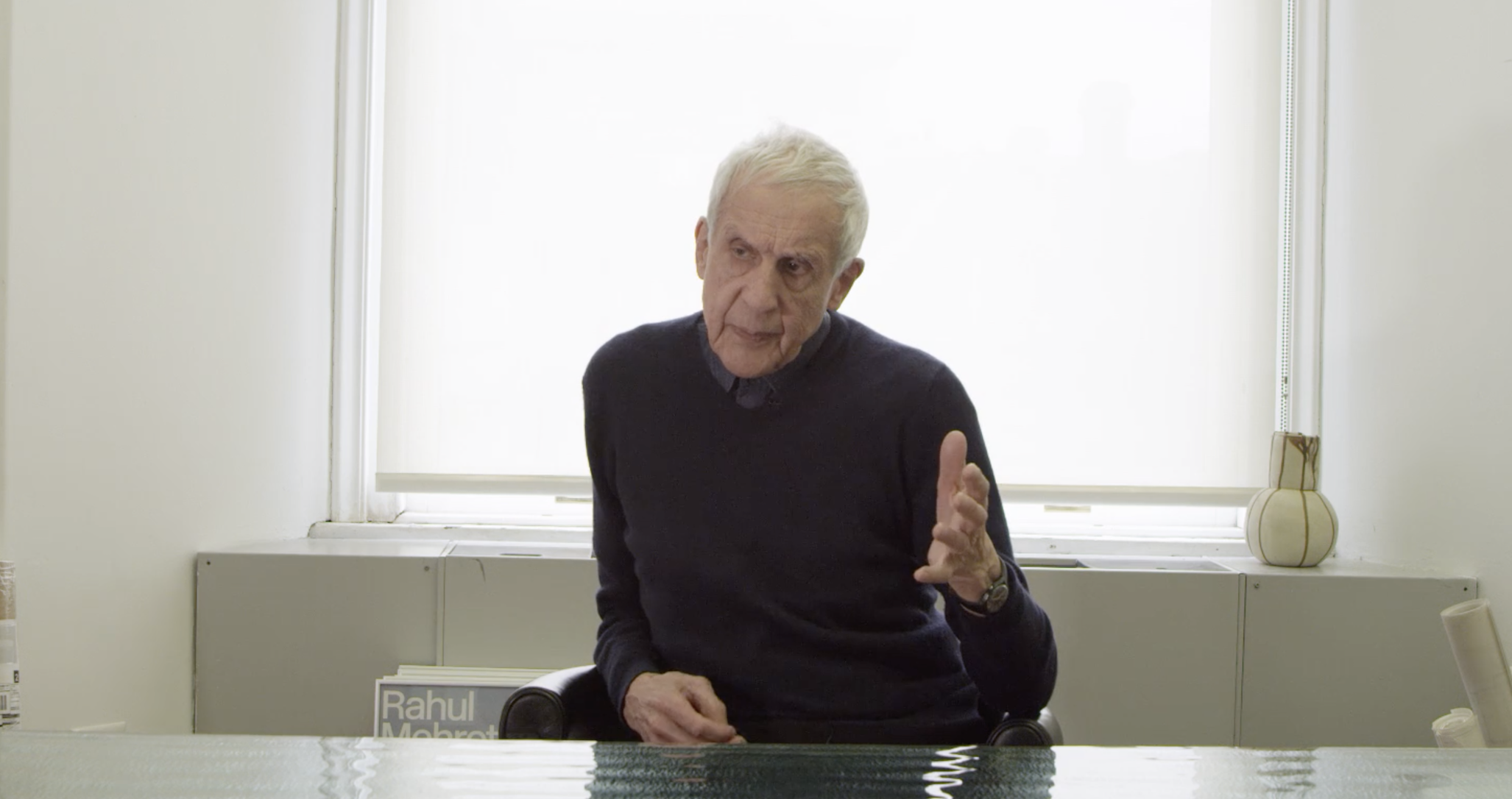Kenneth Frampton
For the nineteenth episode of our 'Building the Future' series, we join Kenneth Frampton, Ware Professor of Architecture at Columbia University, New York, and a leading writer on twentieth-century Modernism. He recounts first meeting Norman Foster during the early 1960s and, for Frampton, the designs of Norman Foster’s studio exemplify a 'rational objectivity', comparable to the works of Mies van der Rohe.
This approach is nuanced by an understanding of flexibility, which in terms of open office space is nowhere better exemplified than at the Willis Faber & Dumas building, Ipswich. Frampton points to this key work, which draws upon American notions of the office, and transplants them to a European context. The succession of spaces represents ‘an incredible kind of invention’, which effectively realises a new building typology.
Looking to the future, Frampton stresses the need to ameliorate the ‘chaotic urban condition’ of today with ‘infrastructural interventions’. In this regard, Norman Foster’s Millau Viaduct, France, and the Millennium Bridge, London, stand out as significant models which successfully redefine the very conception of transport infrastructure.
Further lessons for aspiring architects are offered by Norman Foster’s buildings for banking institutions. Frampton points to the Hongkong and Shanghai Bank, and particularly the Commerzbank, Frankfurt. Planned as an equilateral triangle, with services at the corners, the elevations are divided by tiers of ‘hanging gardens’. Such exemplary coordination models and gives scale to the building, which means that Frampton notes banks have the resources to deploy, whereas most commercial developments do not.

